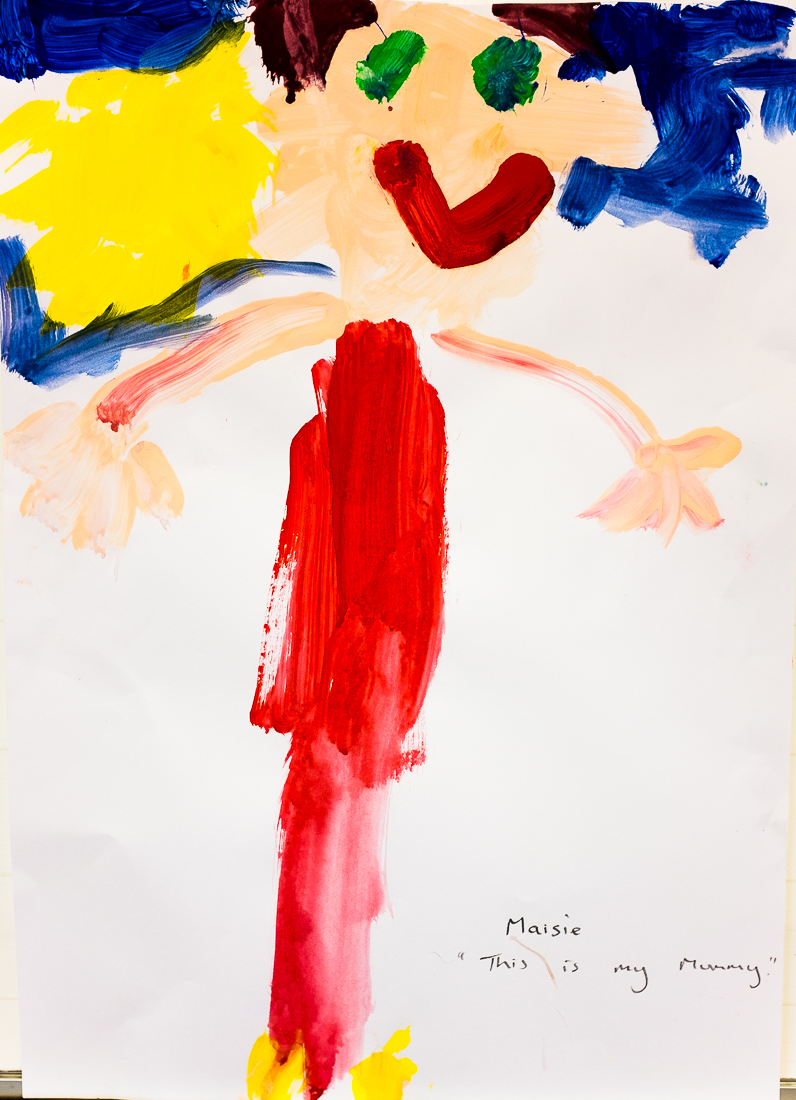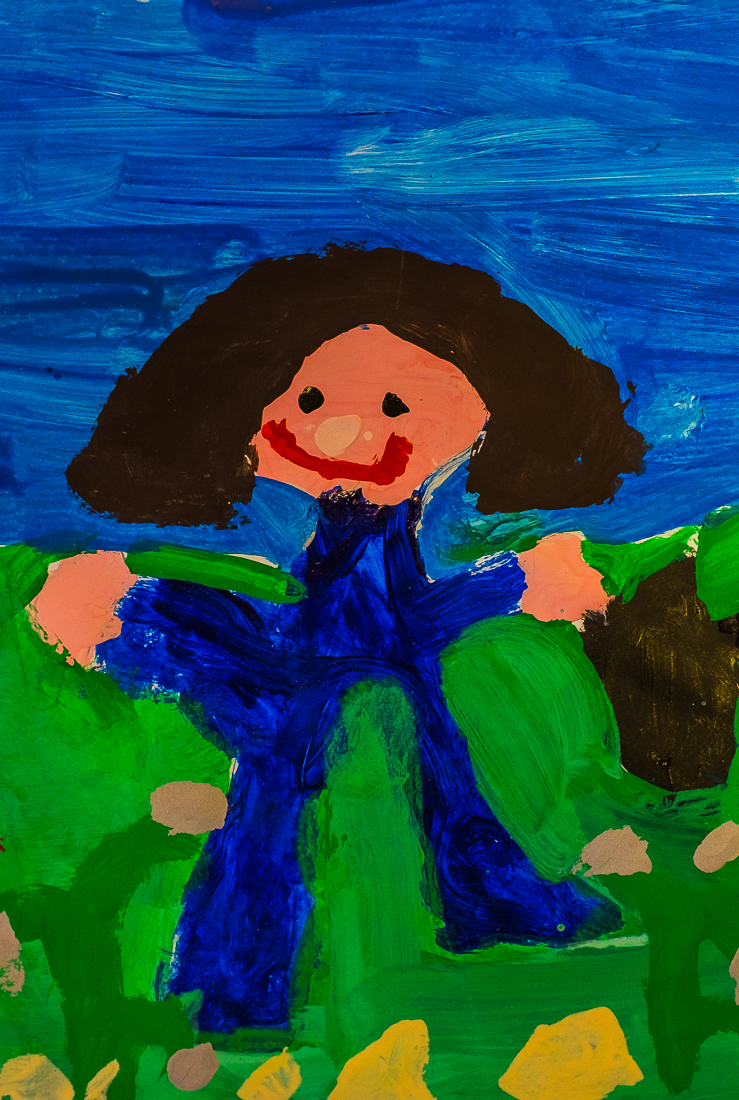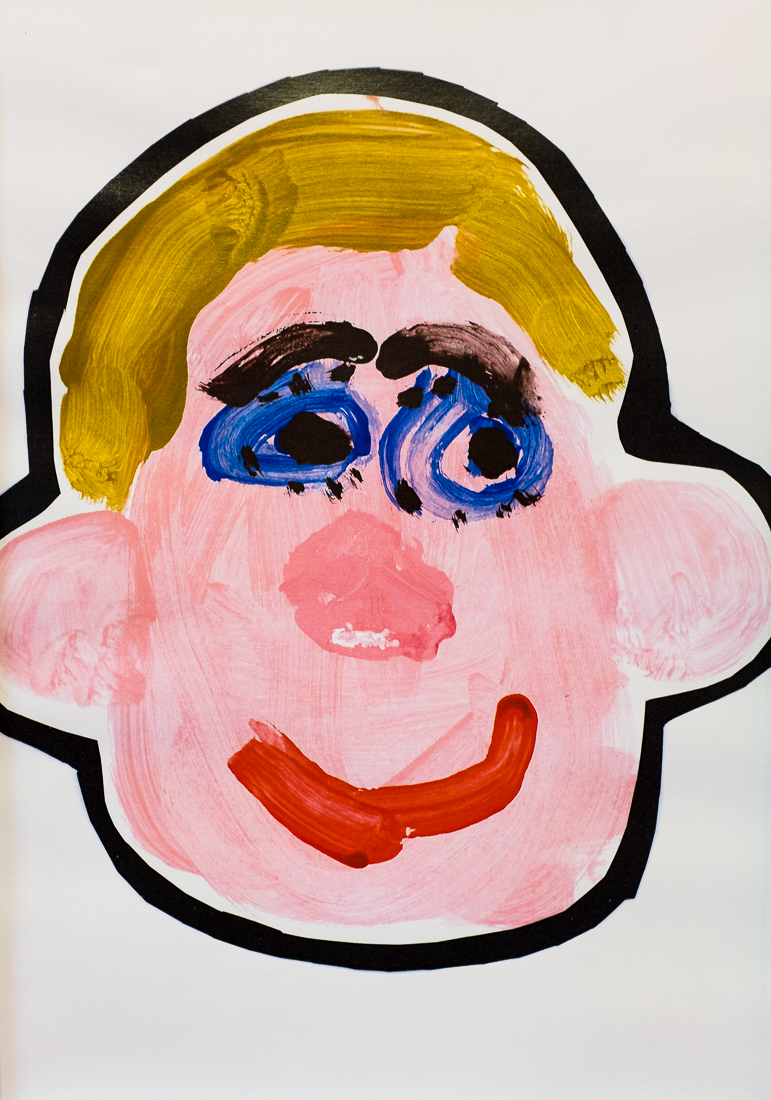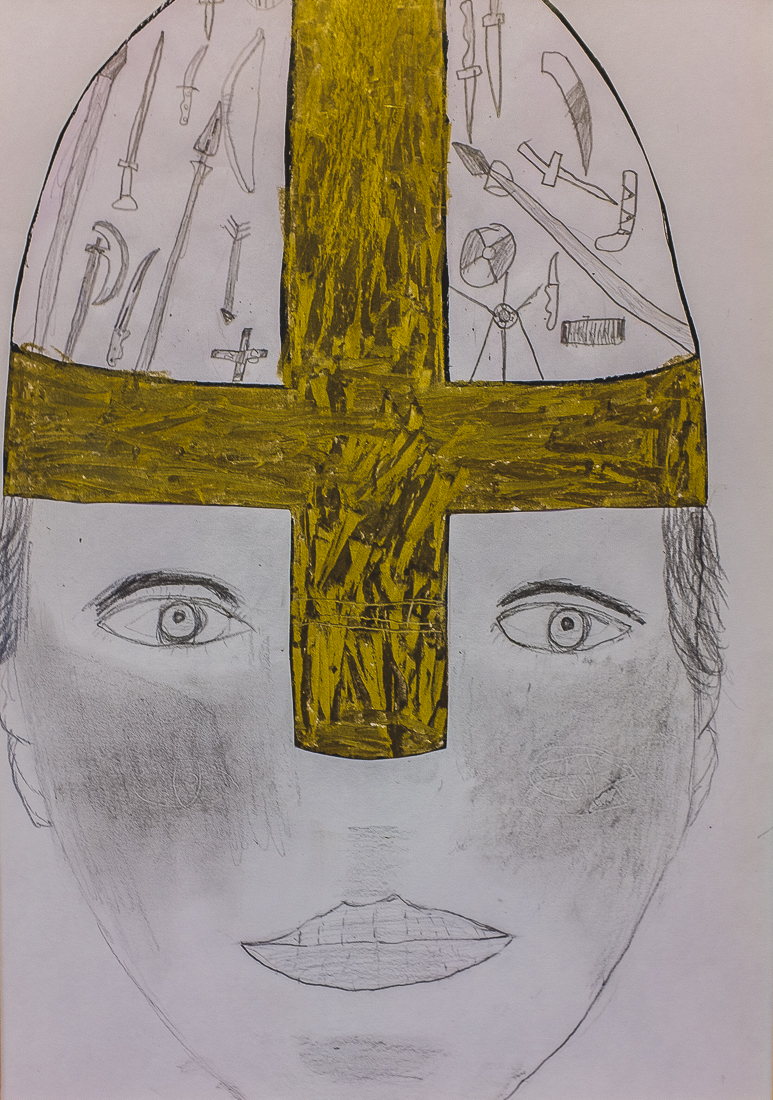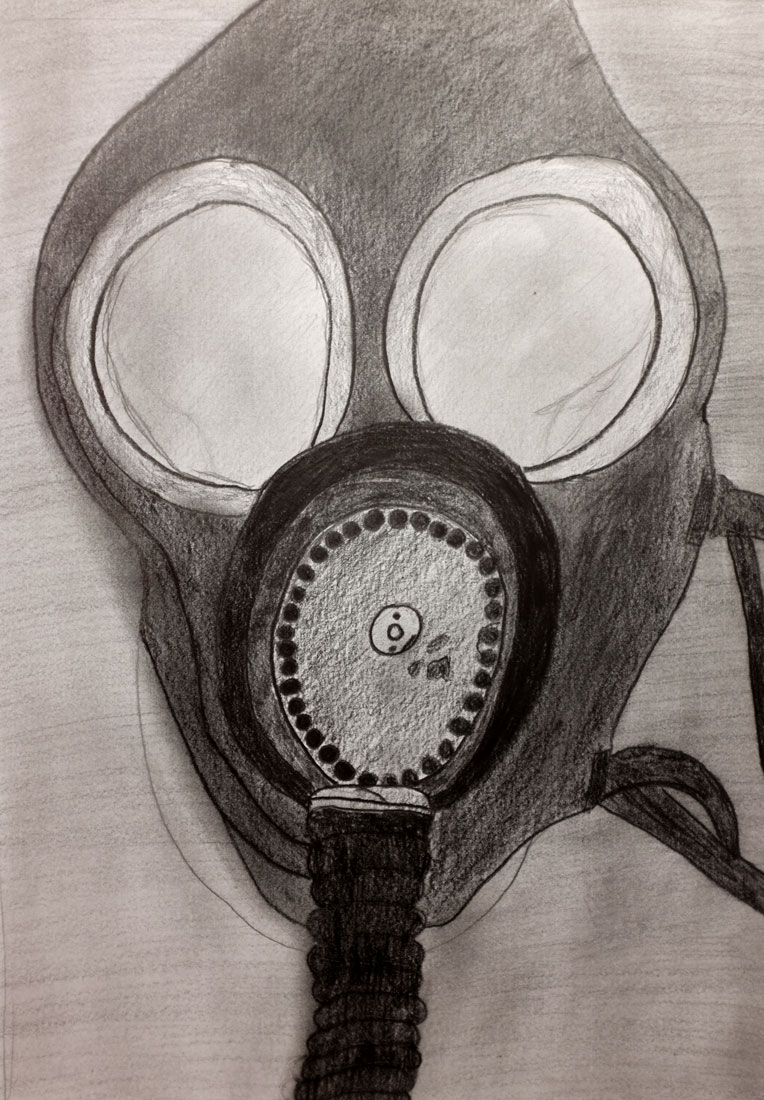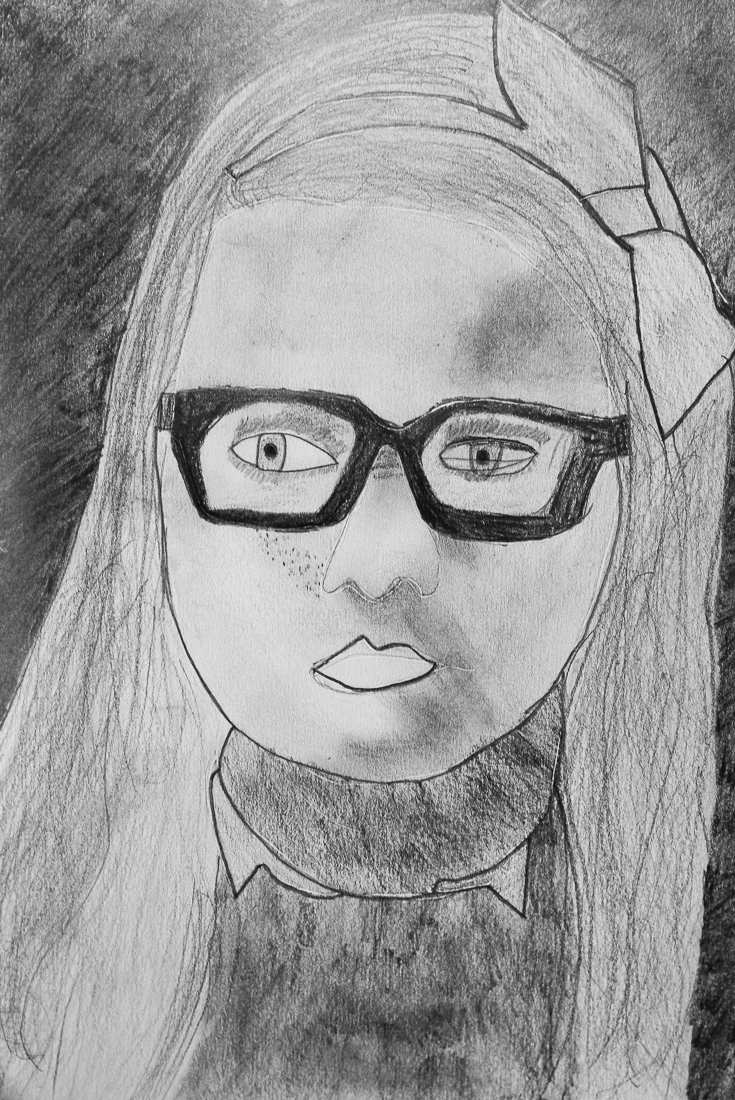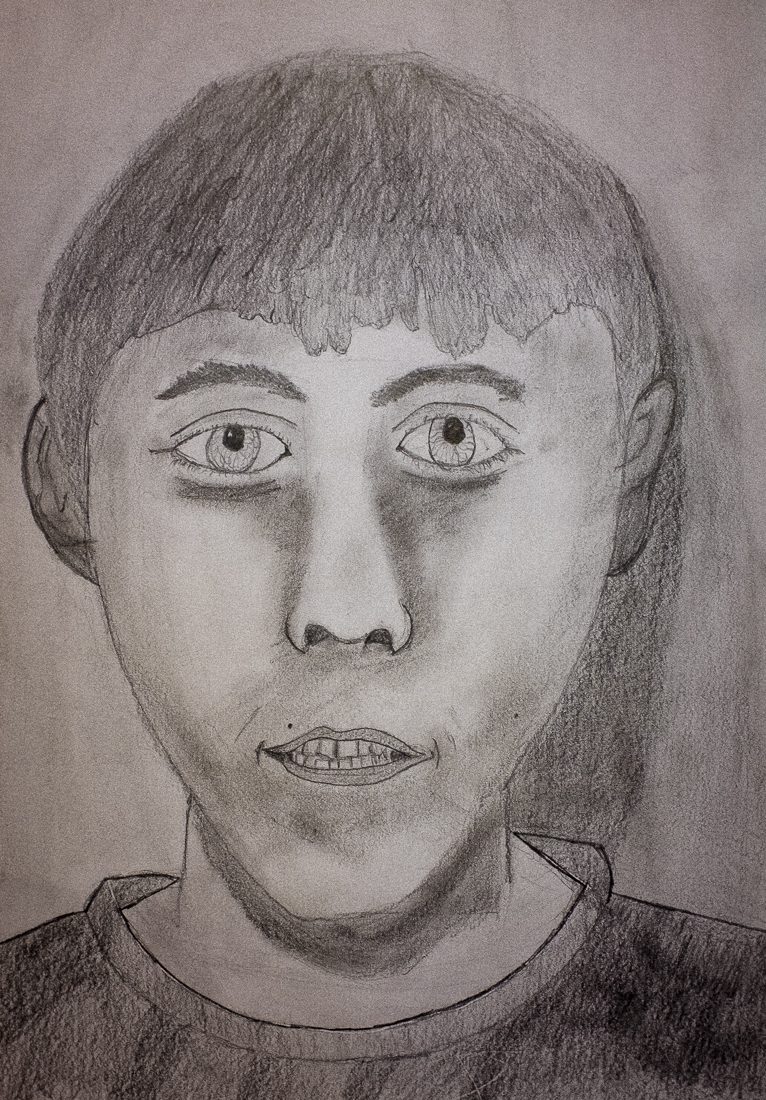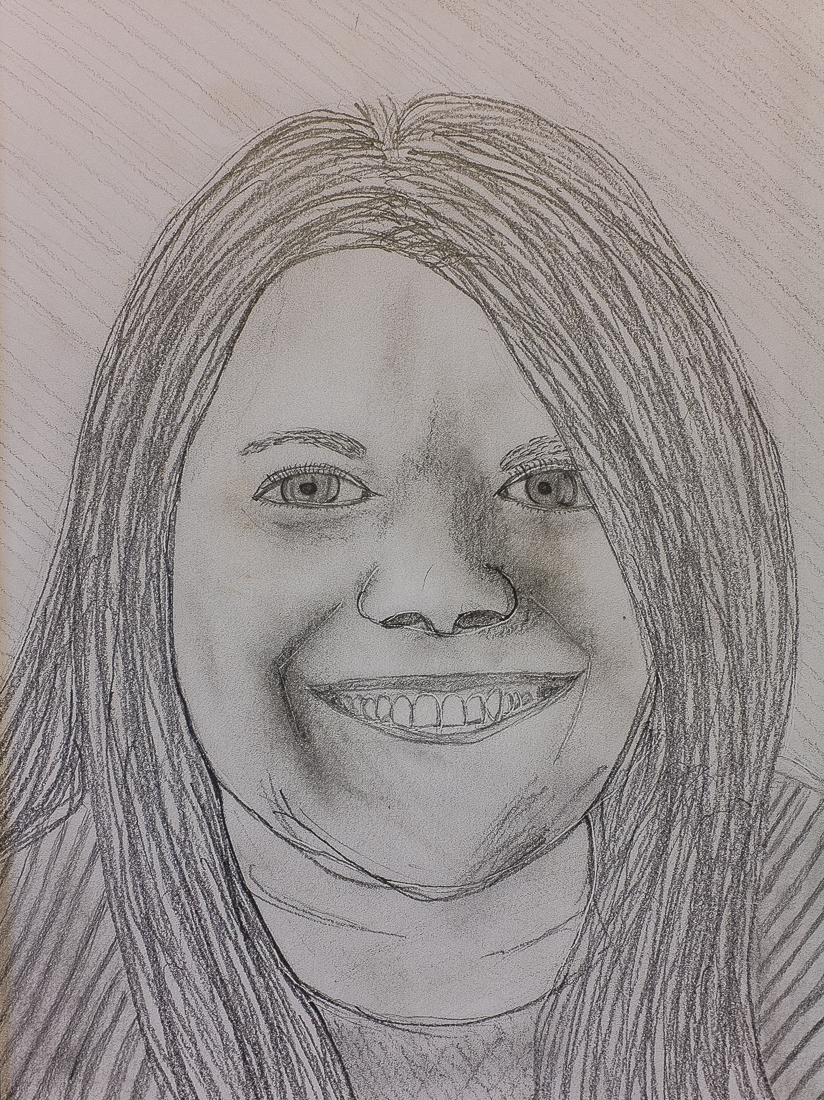Art – Drawing
Subject Key Objective Progression & Development by Year Groups
The following is a guide to help you understand your child’s progression through school.
All lessons are differentiated. This means teachers plan activities that enable the objective to be learned by all children including those who will find the objective challenging, those children who with hard work will secure good progress and those children who can tackle extra stretch and challenge in this subject.
Intent, Implementation and Impact
The curriculum is designed with our pupils and the Swinemoor community in mind.
It enables children to access and enhance their understanding of their home, their town and the wider community, developing their cultural capital and giving them opportunities and choices about their future and their impact as they progress through their school career and beyond.
This will help them become successful members of modern British society, preparing them for the challenges and opportunities.
Art – Drawing

EYFS: “They safely use and explore a variety of materials, tools and techniques, experimenting with colour, design, texture, form and functions”
KS1: “To develop a wide range of art techniques in using colour, pattern, texture, line, shape, form and space.”
KS2: “To improve their mastery of art techniques, including drawing, painting and sculpture with a range of materials.”
EYFS:
Realistic (T1)
Large (T2)
Small (T2)
KS1:
Highlights (T2)
Strokes (T3)
Lowlights (T3)
KS2:
Tone (T2)
Depth (T3)
Realism (T2)
Children may demonstrate knowledge of the history of still life, and its impact and significance in socio-economic representation in Britain and the World.
They will be able to recall examples of great still life, and some of the techniques used in creating these pieces.
What will be made, produced, performed, or published?
A whole school art project, working towards a school wide still-life drawing competition. Each class will select their top three champions to submit to represent their class and be judged against a series of criteria.
What knowledge will the children have embedded?
Children will be able to recall and demonstrate the skills required to produce their sketch.
They will be able to explain the correct way to hold a pencil, how to develop appropriate tones and share, to achieve a desired effect.
They will recall examples of still life and know the techniques used in these examples.
What retention may be demonstrated?
Here are some example questions that may be used to assess children’s understanding.
EYFS: Can you tell me about your drawing? What does it show?
KS1: How do you create darker or lighter tones when sketching? What does highlight mean?
KS2: How do you show depth in a sketch? How would you demonstrate mood in a sketch?
Art – Drawing – Primary Curriculum
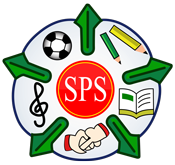
This collection of short films and resources will help you understand your child’s progression through school.
The curriculum film resource has been broken down by subject area initially and then by topic area.

